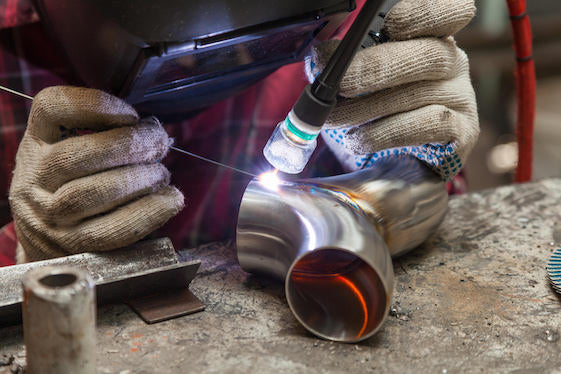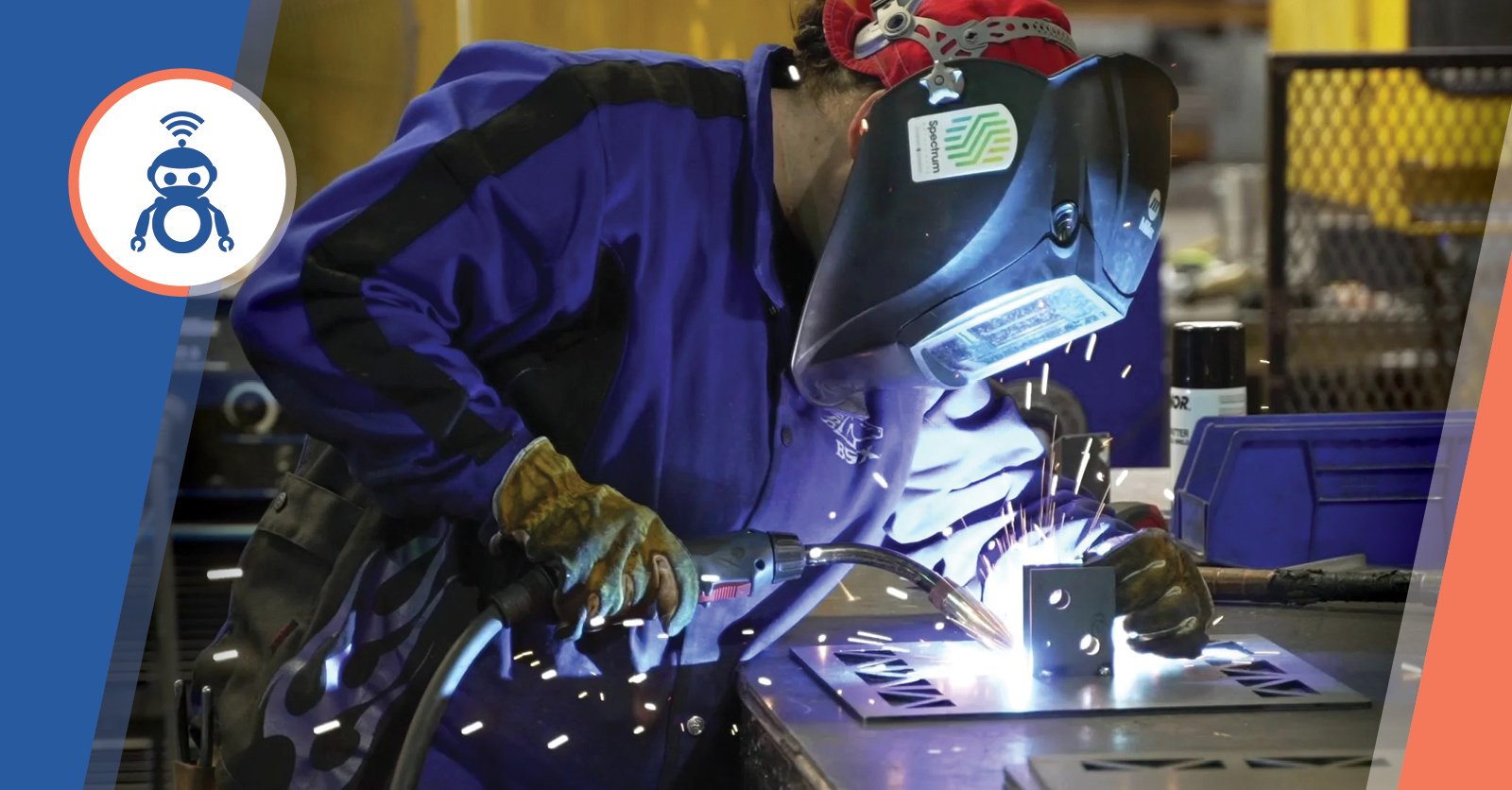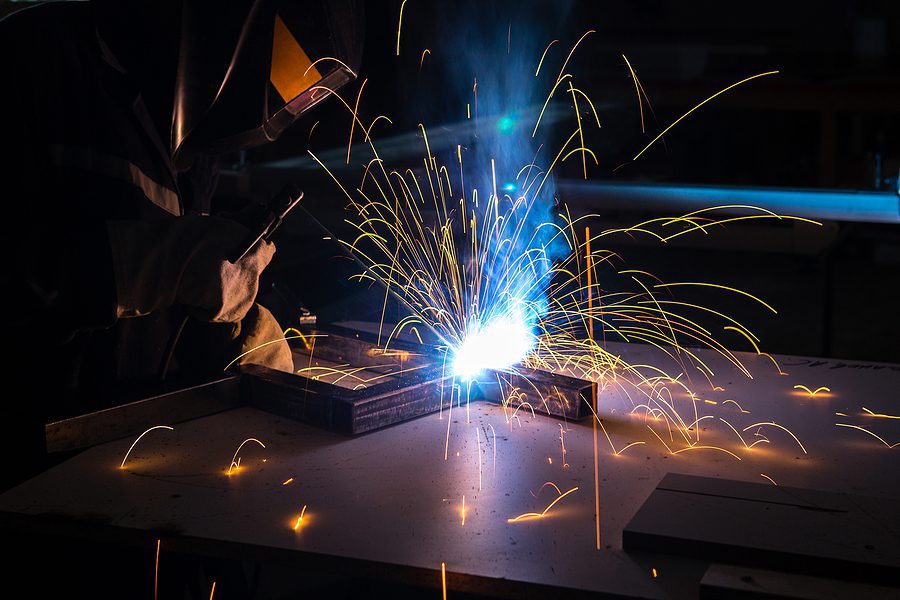Common Welding Fixing Issues and How to Address Them Effectively
Welding repair services usually experience an array of concerns that can jeopardize the stability of the final product. Typical issues consist of insufficient penetration, porosity, and misalignment, to name a few. Each problem provides special obstacles that require certain strategies for resolution. Recognizing these concerns is essential for welders aiming to boost their abilities and results. This conversation will certainly discover these common welding repair concerns and efficient techniques to address them.
Insufficient Infiltration
Insufficient penetration occurs when the weld metal stops working to totally fuse with the base product, resulting in weak joints and possible architectural failings. This concern often stems from insufficient warm input, inaccurate electrode angle, or incorrect welding rate. Welders might experience insufficient penetration as a result of a mistake of the necessary parameters for a certain product thickness or type. Additionally, contamination on the base product's surface can prevent reliable bonding, exacerbating the issue. To address insufficient penetration, welders must assure suitable settings on their devices and maintain a clean work surface. Normal evaluation of welds is recommended to determine any type of deficiencies early, permitting timely modifications and the avoidance of endangered architectural integrity in bonded settings up.
Porosity
Porosity is a typical problem in bonded joints that shows up as small gas bubbles caught within the weld metal. This issue can compromise the integrity of the weld, leading to decreased toughness and possible failing under tension. Montana Mobile Welding and Repair. Porosity generally develops from contamination, moisture, or inappropriate welding strategies, which allow gases to escape right into the molten weld swimming pool. To resolve porosity, welders must guarantee proper surface preparation, maintain a tidy functioning atmosphere, and make use of ideal welding specifications. Furthermore, choosing the ideal filler product and securing gas can minimize gas entrapment. Regular inspection and screening of welds can assist identify porosity early, guaranteeing prompt corrective actions are taken, thus preserving the quality and integrity of the welded structure
Imbalance
Imbalance in welding can occur from different variables, consisting of incorrect setup and thermal expansion. Understanding the root creates is crucial for efficient resolution. Several adjustment strategies are offered to realign parts and guarantee structural stability.
Root causes of Imbalance
Welding misalignment commonly comes from a range of underlying problems that can compromise structural integrity. One main reason is inappropriate fit-up of components prior to welding, which can bring about gaps and irregular surfaces. Variants in thermal growth during the welding procedure can likewise result in distortion, specifically if the materials being signed up with have different coefficients of growth. In addition, poor clamping and fixturing might stop working to hold elements safely in position, bring about movement throughout welding. Poorly kept tools, consisting of welding machines and tools, may present variances in the weld bead, further adding to misalignment. Operator mistake, stemming from insufficient training or experience, can additionally play a substantial function in developing misaligned welds.

Correction Methods Available
Addressing misalignment effectively needs a mix of corrective techniques customized to the particular concerns handy. One usual technique is using components or jigs to hold components in the proper placement throughout welding, making certain consistent placement. Additionally, pre-heating the materials can help in reducing distortion and boost fit-up. For considerable imbalance, mechanical realignment methods, such as utilizing hydraulic jacks or clamps, can be used to remedy the setting prior to welding. Post-weld warm therapy may likewise be necessary to eliminate tensions brought on by misalignment. Cautious examination and modification throughout the configuration stage can avoid imbalance problems from becoming considerable problems, promoting a smoother welding process and enhancing overall structural integrity.
Distortion
Distortion is a common obstacle in welding that can occur from different elements, including unequal cooling and heating. Comprehending the root causes of distortion is necessary for applying efficient avoidance strategies. Resolving this issue not only improves architectural integrity however likewise improves the total quality of the weld.
Reasons for Distortion
When based on the extreme warm of welding, products typically go through adjustments that can bring about distortion. This phenomenon primarily emerges from thermal expansion and tightening throughout the welding procedure. As the weld location warms up, the material broadens; upon air conditioning, it contracts, which can produce interior tensions. Additionally, irregular heating across a work surface can intensify these stresses, resulting in bending or flexing. The kind of product likewise plays a considerable function; metals with varying thermal conductivity and coefficients of development might respond in different ways, resulting in unpredictable distortions. In addition, bad joint style and insufficient fixturing can add to imbalance throughout welding, increasing the possibility of distortion. Comprehending these causes is crucial for effective welding repair and avoidance strategies.
Avoidance Techniques
Effective prevention methods for distortion throughout welding focus on controlling heat input and guaranteeing appropriate joint layout. Preserving a constant warmth input helps to decrease thermal development and tightening, which can result in distortion. Utilizing techniques such as pre-heating the workpiece can likewise decrease the temperature gradient, advertising consistent heating. In addition, selecting see this proper joint layouts, such as T-joints or lap joints, can improve stability and decrease tension focus. Carrying out appropriate fixturing to secure the workpieces in position additionally help in preserving alignment during the welding procedure. Lastly, staggered welding sequences can disperse warmth much more uniformly, stopping local distortion. By using these strategies, welders can substantially decrease the probability of distortion and boost the general high quality of their welds.
Cracking
Breaking is a typical concern run into in welding repair work, frequently arising from different factors such as improper cooling rates, material option, or inadequate joint preparation. The incident of splits can significantly compromise the honesty of the weld, resulting in prospective failures during operation. To resolve this concern, welders need to first examine the source, making certain that materials work and suitably picked for the particular application. In addition, managing the cooling rate throughout the welding procedure is vital; quick air conditioning can cause tension and bring about fracturing. Proper joint style and preparation also add to decreasing the threat. Executing these approaches can enhance weld high quality and durability, inevitably decreasing the probability of cracking in completed weldments.

Incomplete Combination
A substantial issue in welding repair services is incomplete blend, which occurs when the weld metal does not sufficiently bond with the base material or previous weld passes - Belgrade Welding. This issue can lead to weak points in the joint, potentially endangering the honesty of the bonded structure. Elements adding to insufficient combination include inadequate warmth input, incorrect welding strategy, and contamination of the surface areas being joined. To resolve this concern properly, welders should Bonuses assure correct pre-weld cleansing and surface prep work, along with readjust their welding parameters to attain ample penetration and combination. Regular assessment throughout the welding process can additionally help identify incomplete blend early, enabling for prompt rehabilitative procedures to enhance the total quality of the weld
Overheating
While welding repairs can boost architectural stability, visit their website overheating presents a significant challenge that can bring about product deterioration. Excessive heat throughout welding can modify the mechanical properties of metals, leading to minimized strength, enhanced brittleness, and warping. This sensation is especially essential in high-stress applications where architectural dependability is paramount. Identifying overheating can include visual inspections for staining or distortion, along with keeping an eye on temperature level during the welding procedure. To minimize the threats connected with getting too hot, welders should use proper strategies, such as managing warmth input, changing travel speed, and making use of ideal filler materials. In addition, carrying out pre- and post-weld warm therapies can assist recover product homes and boost the overall high quality of the fixing, making sure long-lasting efficiency and safety and security.
Often Asked Inquiries
What Are the Typical Indications of a Welding Issue?

Just How Can I Test My Welds for Quality?
To test welds for quality, one can utilize visual assessments, ultrasonic screening, and radiographic techniques. Each strategy guarantees architectural integrity, recognizes flaws, and verifies adherence to specified requirements, eventually improving the dependability of the welded joints.
What Safety Preventative Measures Should I Take While Welding?
When welding, one ought to focus on safety by putting on suitable personal safety tools, making sure proper ventilation, securing combustible materials away, preserving a tidy work area, and understanding surroundings to protect against mishaps and injuries.
Can I Fix a Weld Without Renovating the Entire Joint?
Repairing a weld without remodeling the entire joint is feasible, depending on the damages (Fabrication). Methods such as grinding, adding filler material, or using a welding procedure can efficiently resolve particular flaws while protecting the surrounding structure
What Equipment Are Important for Effective Welding Repair Works?
Necessary tools for reliable welding repair services consist of a welding equipment, wire brush, mill, safety equipment, clamps, and filler products. Each tool plays a vital role in guaranteeing high quality and safety throughout the repair process. Porosity generally develops from contamination, moisture, or inappropriate welding methods, which allow gases to escape right into the molten weld pool. Badly maintained tools, consisting of welding equipments and tools, might present inconsistencies in the weld bead, more contributing to imbalance. When subjected to the extreme heat of welding, materials usually undergo changes that can lead to distortion. Breaking is a common issue come across in welding repair services, often resulting from numerous factors such as incorrect cooling rates, material selection, or insufficient joint preparation. A significant concern in welding fixings is insufficient fusion, which takes place when the weld metal does not effectively bond with the base material or previous weld passes.